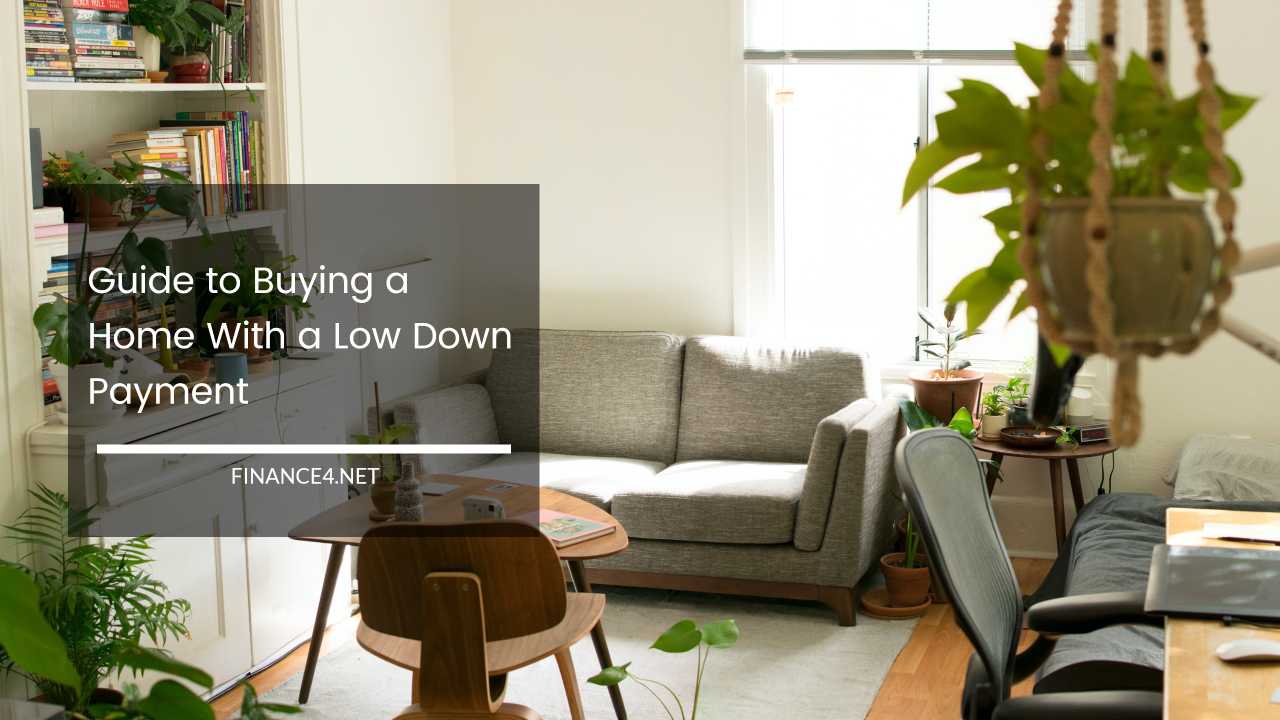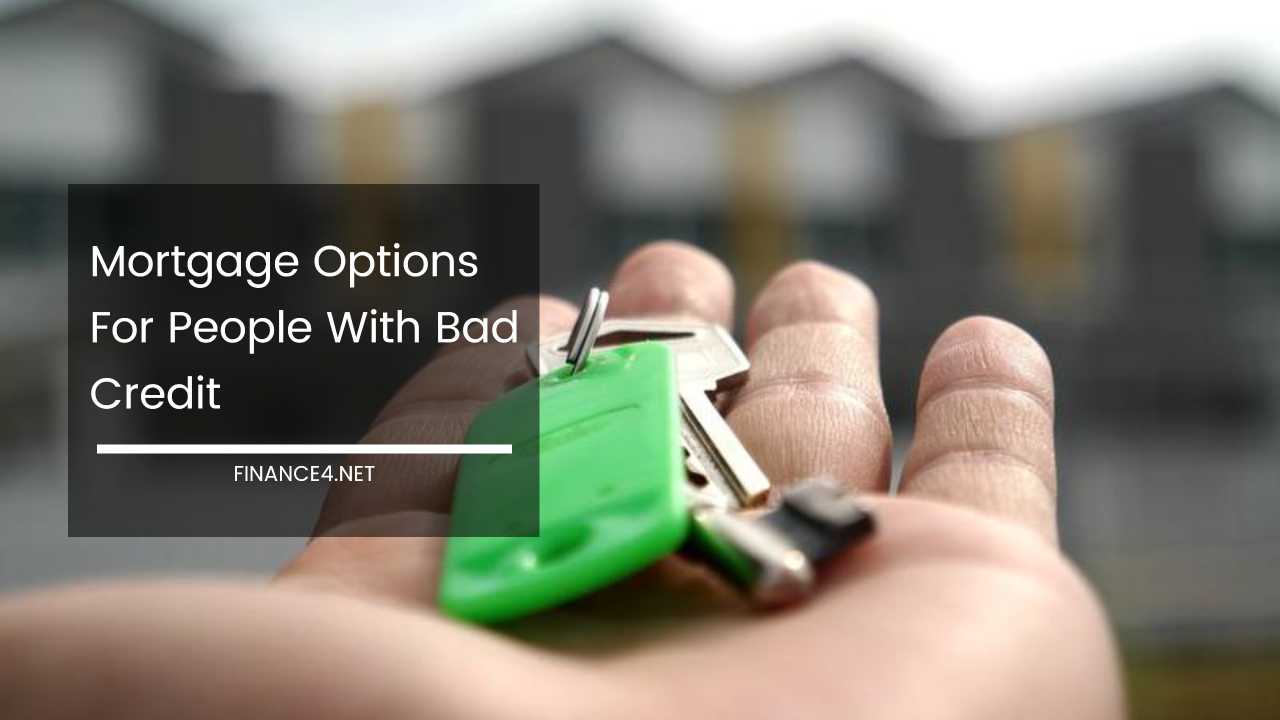Guide to Buying a Home With a Low Down Payment

Buying a Home With a Low Down Payment
Purchasing a home is a significant milestone for many individuals and families. However, the upfront costs associated with buying a home, such as the down payment, can be a major barrier for aspiring homeowners.
The good news is that there are various options available for buying a home with a low down payment.
In this guide, we will explore different strategies and loan programs that can help you achieve the dream of homeownership without the need for a substantial upfront cash investment.
Understanding the Down Payment
The down payment is the initial cash amount paid by the homebuyer when purchasing a property.
Traditionally, it is a percentage of the home’s purchase price and typically ranges from 3% to 20% of the total value. For example, on a $300,000 home, a 10% down payment would amount to $30,000.
Advantages of a Low Down Payment
Buying a home with a low down payment offers several advantages:
1. Lower Initial Costs
A low down payment allows homebuyers to enter the housing market with less cash upfront, making homeownership more attainable for those with limited savings.
2. Opportunity for Investment
By purchasing a home with a lower down payment, homebuyers may have the opportunity to invest their remaining savings in other assets or financial goals.
3. Building Equity Early
Homeownership allows individuals to build equity over time. With a lower down payment, homebuyers can start building equity sooner.
4. Flexible Loan Programs
Various loan programs cater to buyers with low down payment capabilities, making it easier to find a mortgage that suits their financial situation.
Low Down Payment Options
Here are some common low down payment options available to homebuyers:
1. FHA Loans
FHA (Federal Housing Administration) loans are backed by the government and are designed to help first-time homebuyers and individuals with lower credit scores.
These loans require a down payment as low as 3.5% of the home’s purchase price. However, borrowers will need to pay mortgage insurance premiums.
2. VA Loans
VA (Veterans Affairs) loans are available to eligible veterans, active-duty service members, and surviving spouses. These loans do not require a down payment, making homeownership more accessible to military personnel and their families.
3. USDA Loans
USDA (United States Department of Agriculture) loans are geared towards homebuyers in rural and suburban areas. Eligible borrowers can purchase a home with no down payment under the USDA loan program.
4. Conventional 3% Down Payment Loans
Some conventional loan programs offer down payment options as low as 3% of the home’s purchase price. These loans may have less stringent requirements than traditional conventional mortgages.
5. State and Local Assistance Programs
Many states and local governments offer assistance programs to help homebuyers with down payment and closing costs. These programs vary by location and income eligibility.
6. Gift Funds
Homebuyers may be able to use gift funds from family members or other eligible sources to cover the down payment. However, specific guidelines and documentation requirements apply.
Factors to Consider Before Opting for a Low Down Payment
While a low down payment may be an attractive option for homebuyers, it’s essential to consider some key factors before making a decision:
1. Mortgage Insurance Premiums
With a down payment below 20%, many loan programs require borrowers to pay mortgage insurance premiums (MIP or PMI). This additional cost can increase monthly mortgage payments.
2. Long-Term Affordability
Consider your long-term financial situation and ability to manage mortgage payments, ongoing expenses, and potential future changes in income or expenses.
3. Building Equity
A lower down payment means starting with less equity in the home. It may take longer to build significant equity, which can impact future refinancing or home equity loan opportunities.
4. Interest Rates
Interest rates can vary based on the down payment amount and loan program. Homebuyers with lower down payments may face slightly higher interest rates.
5. Total Cost of Homeownership
Be aware of the total cost of homeownership, including property taxes, insurance, maintenance, and other ongoing expenses beyond the down payment.
Steps to Buying a Home with a Low Down Payment
Follow these steps to successfully navigate the process of buying a home with a low down payment:
1. Check Your Credit Score
A higher credit score may qualify you for better loan options and lower interest rates. Obtain a free credit report and review it for accuracy.
2. Evaluate Your Finances
Determine how much you can comfortably afford for a down payment and monthly mortgage payments. Consider your existing debt, monthly expenses, and future financial goals.
3. Explore Low Down Payment Loan Options
Research various low down payment loan programs, such as FHA, VA, and conventional 3% down payment loans. Compare the eligibility requirements, interest rates, and mortgage insurance costs for each program.
4. Get Preapproved for a Mortgage
Obtain a preapproval letter from a lender to demonstrate to sellers that you are a serious and qualified buyer. This step helps streamline the homebuying process.
5. Research Local Assistance Programs
Look into state and local assistance programs that offer down payment and closing cost assistance. These programs may vary based on your location and income.
6. Engage with a Knowledgeable Realtor
Work with a reputable and experienced real estate agent who understands your needs and can guide you through the homebuying process.
7. Explore Different Neighborhoods
Consider various neighborhoods and areas that align with your preferences and budget. Research factors such as schools, amenities, and commute times.
8. Submit an Offer
Once you find the right home, work with your real estate agent to submit a competitive offer. Be prepared for negotiations with the seller.
9. Complete the Loan Application Process
After the offer is accepted, complete the loan application process with your chosen lender. Provide all required documentation promptly to avoid delays.
10. Home Inspection and Appraisal
Schedule a home inspection to identify any potential issues with the property. Additionally, the lender will order an appraisal to determine the home’s value.
11. Closing
Once all contingencies are met, and the loan is approved, you will proceed to the closing process. Review and sign all necessary documents to finalize the home purchase.
Final Words
Buying a home with a low down payment is a viable option for many aspiring homeowners.
With various loan programs and assistance opportunities available, individuals and families can achieve their dream of homeownership without the need for a substantial upfront cash investment.
However, it’s essential to carefully evaluate your financial situation, explore different loan options, and be aware of the associated costs and long-term affordability.
Engaging with a knowledgeable real estate agent and a reputable lender can provide valuable guidance throughout the homebuying process. With careful planning and research, homeownership can become a reality.



